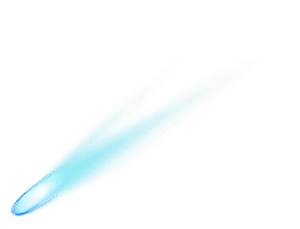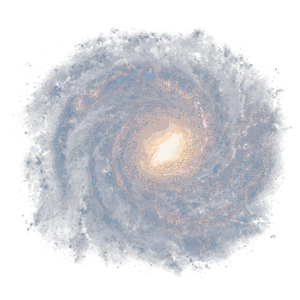The Downlink • Feb 03, 2023
More worlds, anyone?
Space Snapshot

This is what a budding star system looks like. JWST captured these two images in different wavelengths of infrared light, showing the debris disk around AU Mic, a red dwarf star located 32 light-years away. To see the debris, JWST used its coronagraph to block the intense light of the central star (marked on this image by a white star shape, with the region blocked by the coronagraph shown by a dashed circle). The star has two known planets; the debris disk is the result of collisions between leftover planet-forming materials. This is one of our picks for January’s best space images. Image credit: NASA et al, image processing by Alyssa Pagan (STScI).
You love space, now take action
This weekly newsletter is your toolkit to learn more about space, share information with your friends and family, and take direct action to support exploration. Anyone can subscribe at planetary.org/connect to receive it as a weekly email.
Mission Briefings


Jupiter now officially has 12 more moons. The Minor Planet Center has published orbits for 12 previously unreported small moons of Jupiter, bringing the gas giant’s moon count to 92. This now makes Jupiter the planet with the most moons in the Solar System, although with new observing techniques, Saturn may soon retake its lead. Pictured: A diagram of the orbits of moons around Jupiter, color-coded for different moon types. Image credit: Scott Sheppard.

JWST has observed the rings of a tiny planetary body. The space telescope observed Chariklo, a 250-kilometer (160-mile) diameter icy object beyond the orbit of Saturn, as it passed in front of a star. JWST detected a set of rings around it that were first observed in 2013 by ground-based telescopes. Analyses of the JWST data are expected to yield new insights into this ring system.

NASA’s Lucy mission has added a new asteroid flyby target. The mission team found that the spacecraft would already have a distant flyby of the small main-belt asteroid 1999 VD57 on its way to the Jupiter Trojan asteroids. They have adjusted Lucy’s trajectory slightly so it can pass much closer to the asteroid and study it.

Two former NASA astronauts were awarded the Congressional Space Medal of Honor. This award is among the most prestigious an astronaut can receive, and is typically awarded to people who help NASA expand its frontiers in space exploration. Former NASA astronauts Bob Behnken and Doug Hurley both received the medal for flying in 2020 to the International Space Station on a SpaceX rocket in the first U.S. orbital crewed launch since the Shuttle retirement in 2011.
From The Planetary Society


Our understanding of exoplanets is growing thanks to JWST. The space telescope recently confirmed the discovery of its first exoplanet, a rocky world named LHS 475 b. The exoplanet, located 41 light-years away in the Octans constellation, is approximately 99% the diameter of Earth. Jacob Lustig-Yaeger, one of the leads on the team that made the detection, joins this week’s Planetary Radio to discuss the details. Pictured: An artist’s impression of LHS 475 b. Image credit: NASA, ESA, CSA, Leah Hustak (STScI).

We’re helping grow our understanding of near-Earth objects. The Planetary Society’s biennial Shoemaker NEO grants, made possible by our members and donors, support amateur and underfunded professional observers throughout the world who make vital contributions to finding, tracking, and characterizing near-Earth objects (NEOs). Applications are now open for the newest round of grants.
What's Up

Comet 2022 E3 (ZTF) (the Green Comet) is still close to Earth, visible in the northern skies with the aid of binoculars or a telescope. It will move farther to the south in the coming weeks, becoming easier for Southern Hemisphere observers to spot. Venus is shining bright in the west after sunset, with Jupiter just above it. Look across to the east for reddish Mars. Find out what February’s night skies have in store for you.
Wow of the Week

Planetary Society member Aldo Spadoni created this striking depiction of a view from the surface of one of the exoplanets in orbit around the star TRAPPIST-1. The TRAPPIST system is particularly intriguing because it has seven rocky exoplanets, four of which are in the star’s habitable zone where liquid water could exist on the surface, just like Spadoni has imagined in this painting. Image credit: Aldo Spadoni
Send us your artwork!
We love to feature space artwork in the Downlink. If you create any kind of space-related art, we invite you to send it to us by replying to any Downlink email or writing to [email protected]. Please let us know in your email if you’re a Planetary Society member!


 Explore Worlds
Explore Worlds Find Life
Find Life Defend Earth
Defend Earth


